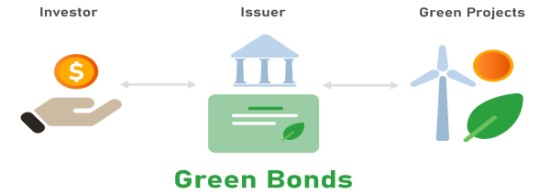An Overview of Contracts and Why They are Important to Business and Society
April 3, 2025
 An Overview of Contracts and Why They are Important to Business and Society
An Overview of Contracts and Why They are Important to Business and Society
Contracts govern all transactions whether they are between firms or between firms and private individuals. Indeed, in most of the developed world, any transaction or commercial exchange is usually not undertaken without a contract. This trend is also catching up in the developing world where contracts are increasingly becoming the norm. The importance of contracts…
 Cash vs. Accrual Basis of Accounting
Cash vs. Accrual Basis of Accounting
Cash Basis of Accounting Cash Basis of Accounting uses receipts and payments of cash to record incomes and expenses. Therefore, under the cash basis of accounting, if a corporation makes salary payments of January, 3 months later in April, it will be considered as expenses in the month of April, since that is when the…
 Why College Education Should Not Be Free?
Why College Education Should Not Be Free?
President Ronald Raegan had once famously said that “Big government is not the solution to the problem. In fact, big government is the problem?” This line is remarkably applicable to the current situation surrounding the student debt crisis. The student debt crisis in the United States has reached epic proportions. The total loans outstanding are…
Stakeholders all over the world are concerned about the irreversible damage being caused to the ecosystem of the earth. There is a common belief amongst people that the natural habitat on planet Earth has been irreversibly damaged. It is true that climate change affects all of us.
It is also true that very soon the earth is going to run out of finite natural resources like oil and other fossil fuels. Hence, it is imperative that businesses start investing in projects which are environment-friendly.
However, businessmen all over the world are apprehensive about the possible returns from investing in such green projects.
Hence, the concept of Green bonds has been introduced to help organizations manage their move towards sustainability without putting undue pressure on their finances. After all, markets tend to work towards what is cost-effective rather than what is environment-friendly!
There is still considerable ambiguity about the entire life cycle of a green bond. In this article, we will explain the concept of green bonds and how they work in great detail.
A green bond is primarily a debt instrument. Financially it is not very different from other bonds in the sense that it is a fixed income instrument and pays a coupon payment.
The bonds are unique in the sense that they are exclusively used to finance green projects. This could be a new green project being built from scratch or an existing project being converted to more environment-friendly norms.

The European Investment Bank pioneered the issuance of green bonds in the year 2007. In the beginning, the issue size was very small. However, over a period of time, more investors and institutions have shown interest in this financing instrument. As a result, there is now a thriving primary and secondary market for these bonds.
Investors across the world are queuing up to buy green bonds. This can be seen from the fact that almost all green bond issues made till date have been oversubscribed.
The first step in the issuance of green bonds is that the project is identified. It is essential that the project is reviewed and certified by a third party. This ensures that the project is indeed based on low carbon emissions. The process is as follows:
Green bonds also have their set of challenges.
The process of getting these bonds issued is long and tedious. Also, multiple parties have to be involved in the process. Also, all of these parties have to be paid. This offsets the financing benefits for smaller projects. Hence, green bonds can be used cost-effectively only if the underlying project and bond issue is big in size.
The bonds which provide more benefit to the environment should get bigger tax breaks and lower financing costs. Only then will companies and investors be encouraged to invest heavily in these projects.
To sum it up, green bonds are an innovative idea to finance eco-friendly projects. However, they are still at a nascent stage and need to be developed further.
Your email address will not be published. Required fields are marked *